The Mystic of the Unstitched
Fabrics have conjured up waves, drapes, volume and enchantment since ancient times. Through an exclusive fashion shoot, we explore their look and feel in different settings
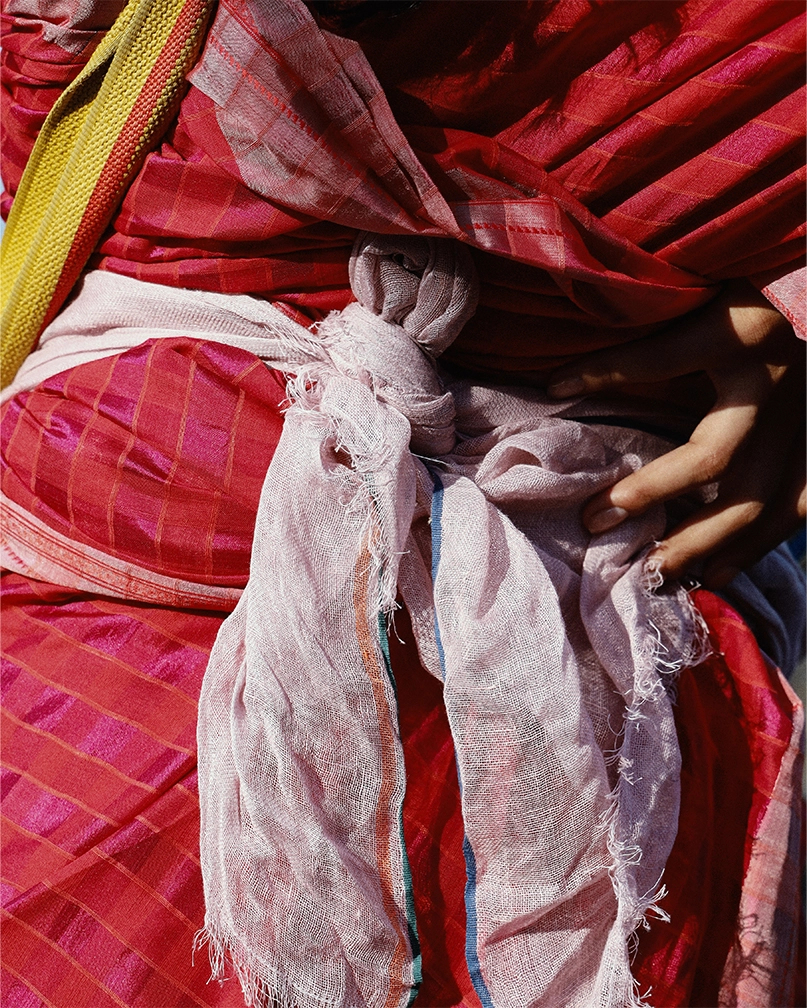
No one can dispute the magic of a beautiful length of textile that can be twisted any which way, draped in magnificent folds around the body or at a strategic window, wrapped tightly around a favourite object, or bulked up to generate volume and balance. A piece of tasselled fabric over a conjuror’s stool, an exquisite tablecloth across a trestle table, a shawl laid over the back of a chair, a parcel wound around with colourful cloth meant to be gifted to someone dear — these are some of the images involving textiles that we take for granted — seldom actually noticing the metres and fibres involved. But so much of what we see around us in the streets and in our homes — besides what we cover ourselves with — is tied up in a variety of fabrics. We have, in fact, been surrounded by virgin weaves since Mauryan times when men and women wore unstitched garments like the antariya (lower body garment) and uttariya (upper body garment), before sewing was known to man.
Mystical matka (pots) performances, ubiquitous set-ups of roadside dentists partitioned from pedestrians simply by a stretch of fabric, and pervasive visions of enormous bales of cloth tied to the backs of meandering trucks on Indian highways — these are a few of the inspirations that moved our stylist to showcase saris, turbans, gamchas (thin towel usually with a design of checks) and dupattas in unique ways….
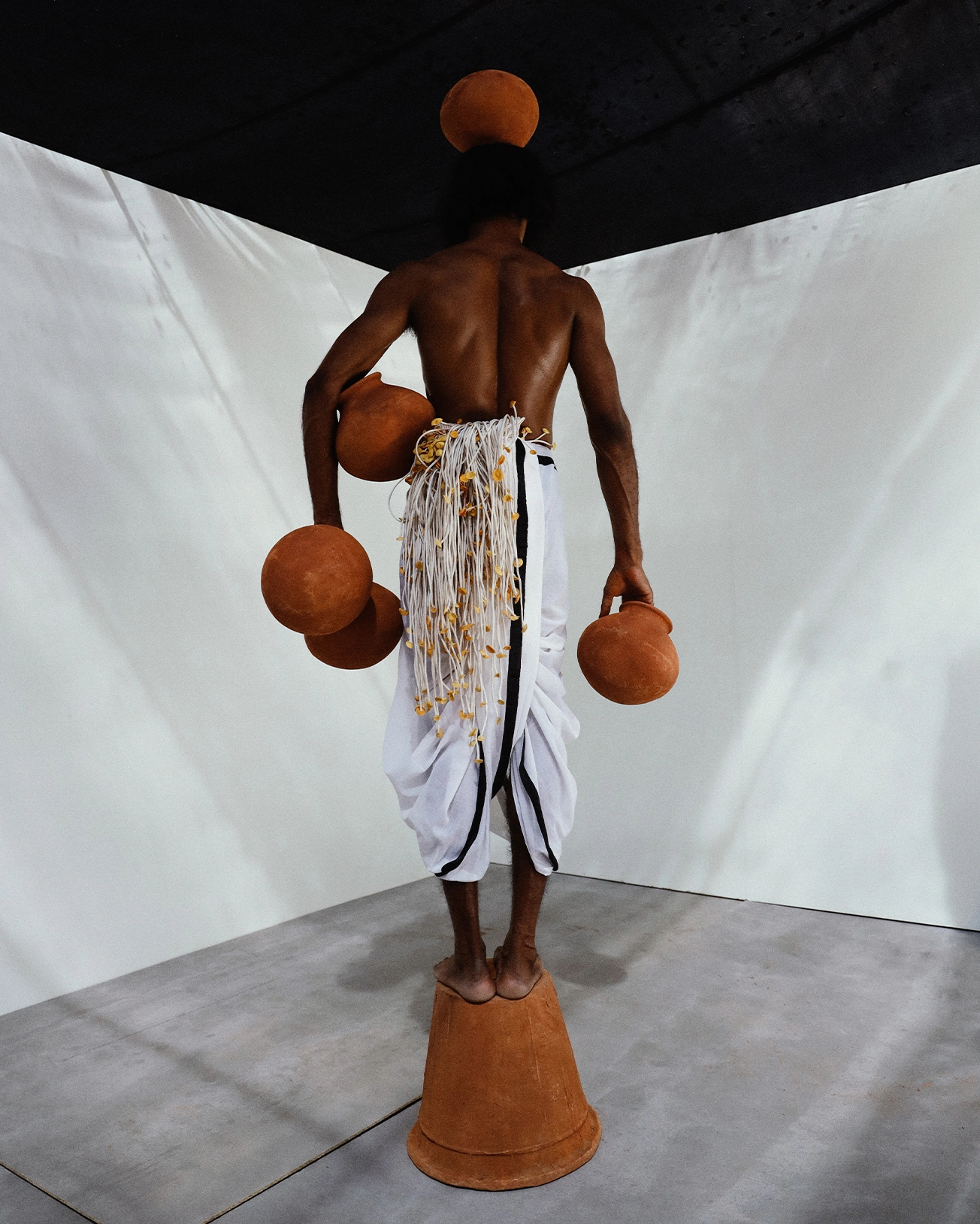
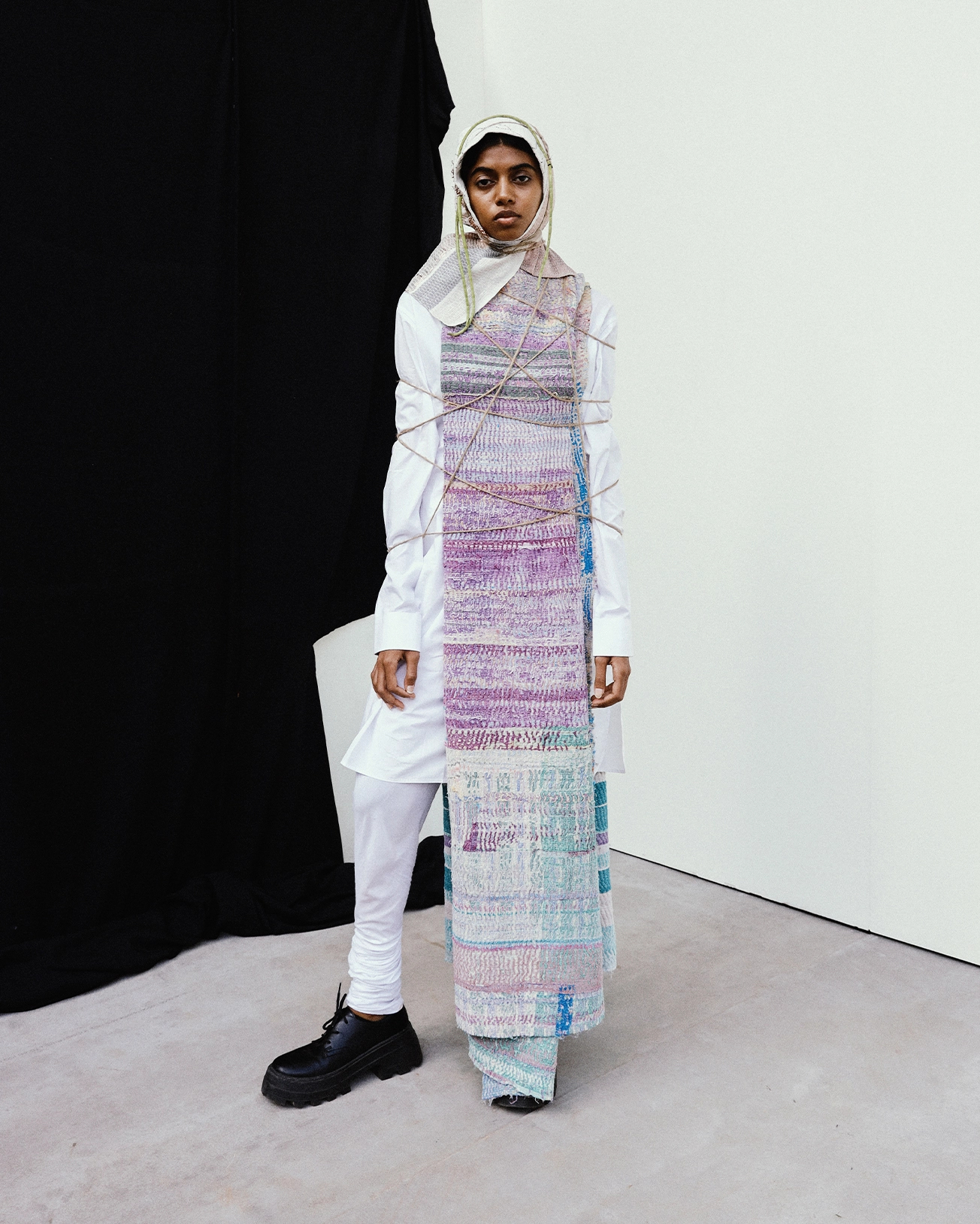
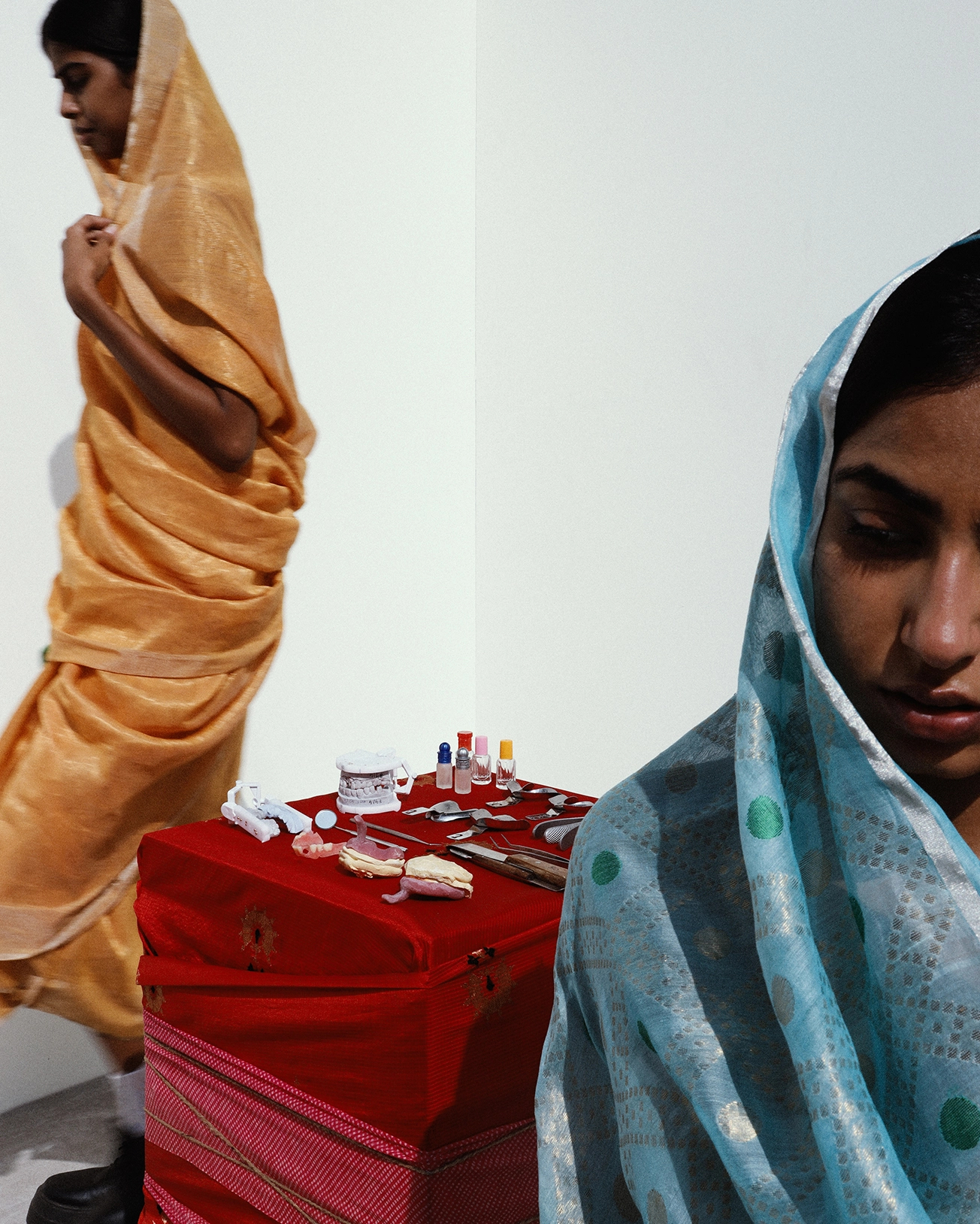
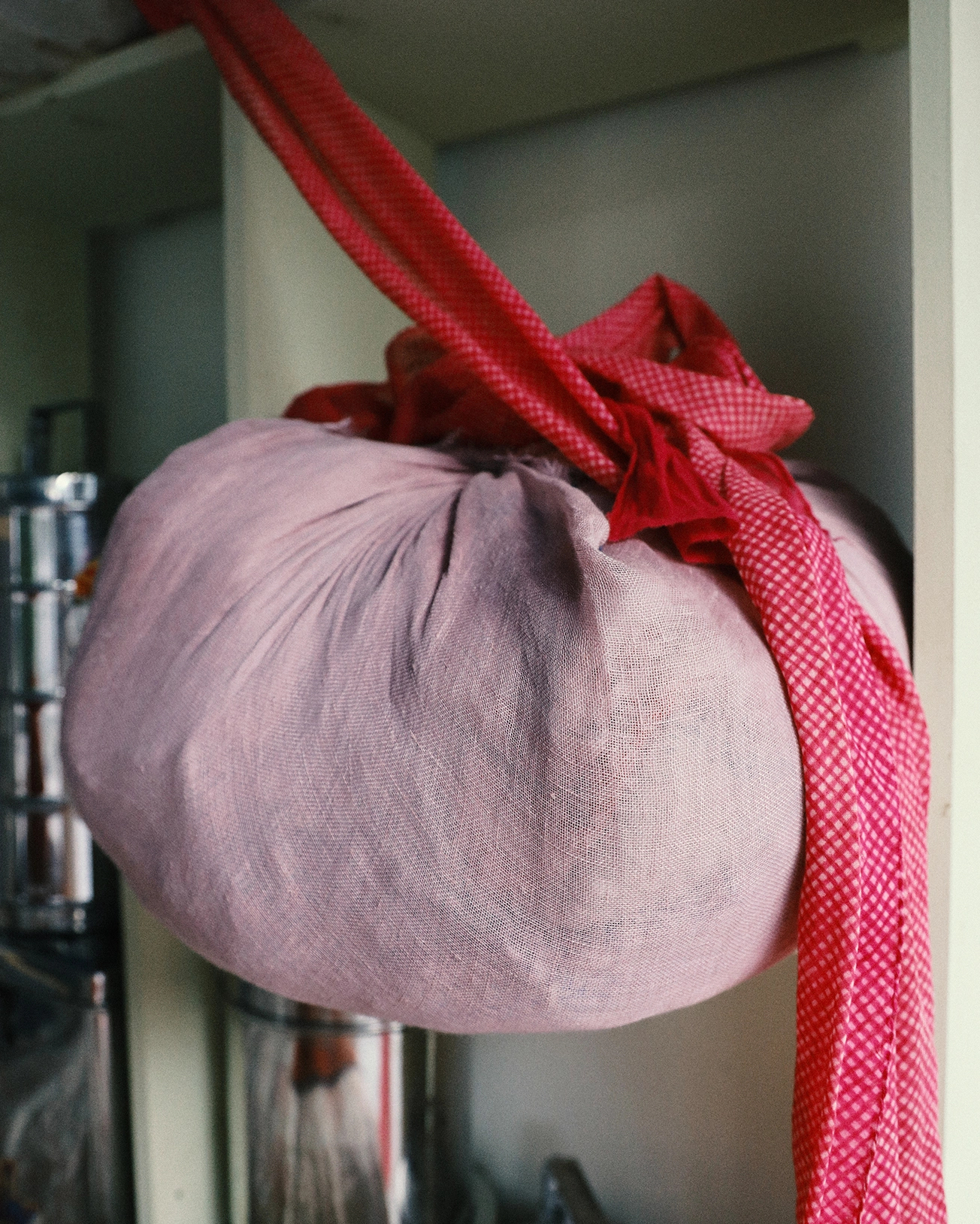
“Industry insiders share their thoughts on the drapes, layers and illusions that only seamless fabrics can create….”
- Ajay Bhoj, Antique Textiles From India
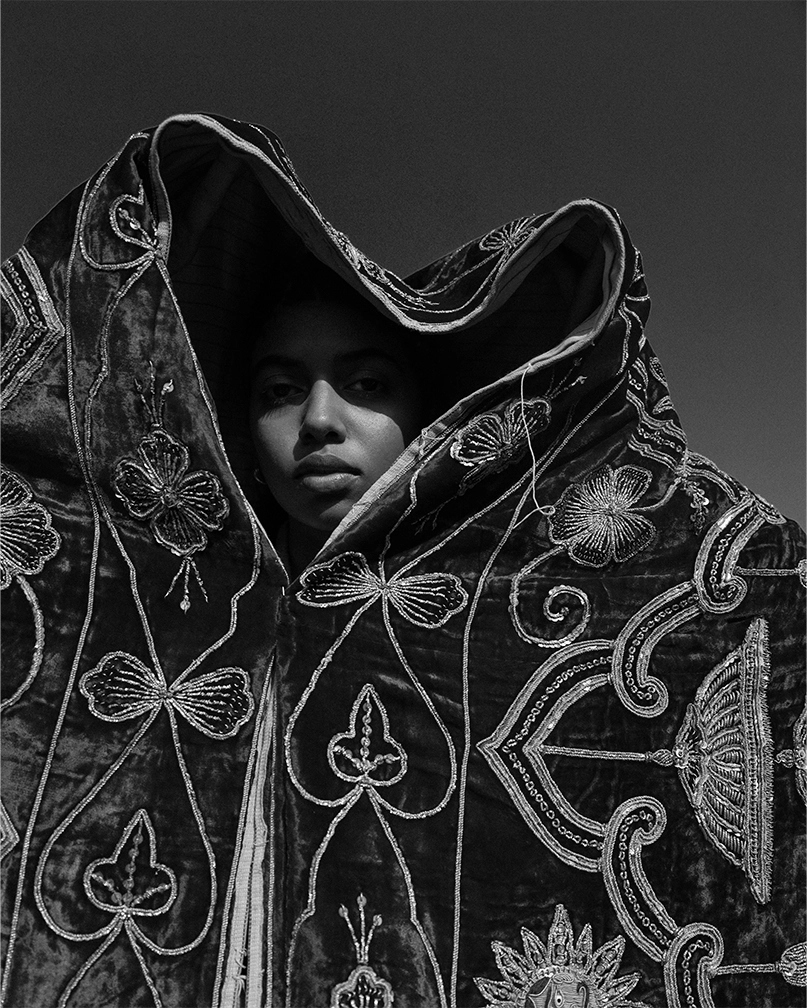
“Wearing unstitched cloth had a religious as well as spiritual connotation in ancient times, as it was believed to be endowed with the power to shift the energy from the earth to the body and then back to the earth again. Unstitched cloth was considered the purest form of clothing and in earlier times the technique of knotting was used while wearing the cloth. It remains a very popular choice in India where it forms the primary part of many of our traditional garments.”
“The influence of textiles starts with our own needs and spreads to every other possible industry like food, building materials, transportation, health. And can be seen especially in our own homes.”
- Ashish Satyavrat Sahu, Khadiwala Designer and Johargram
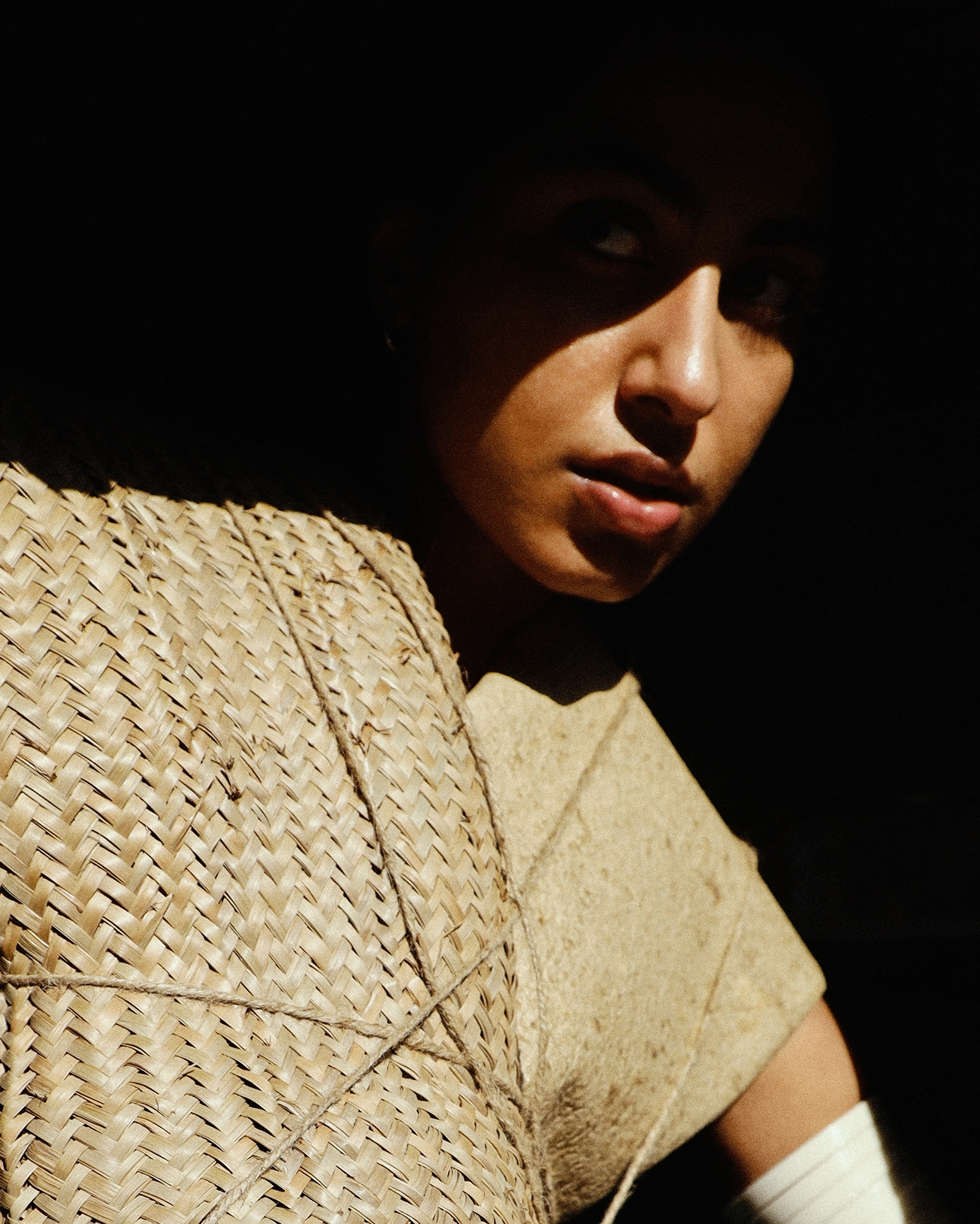
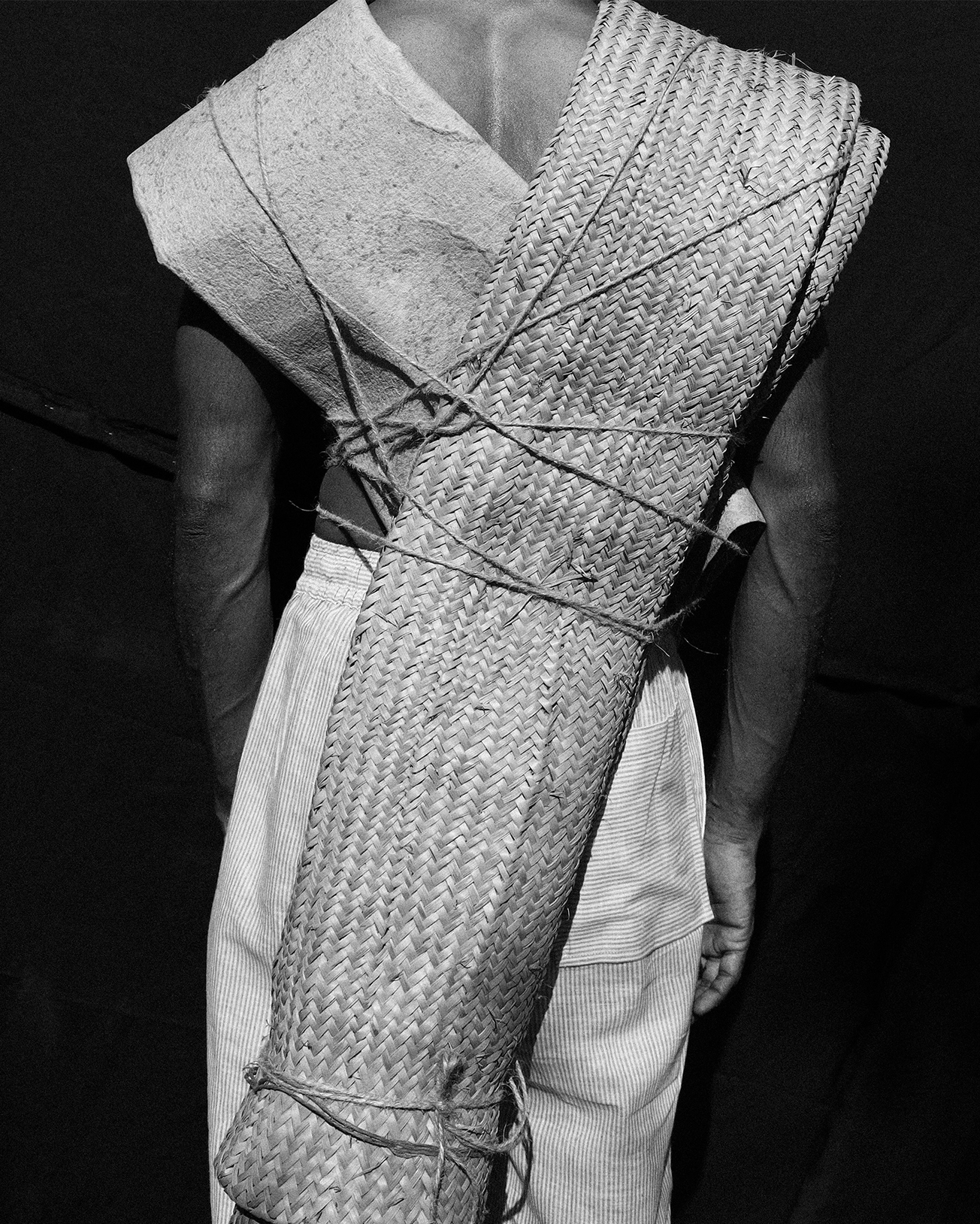
“In comparison with historical drapes, unstitched textiles as worn today, have been modernised and have fewer variations. Although they are considered outdated, vintage draperies are reviving in style and are considerably more valuable.”
- Seema Tiwari, Tarini Studio
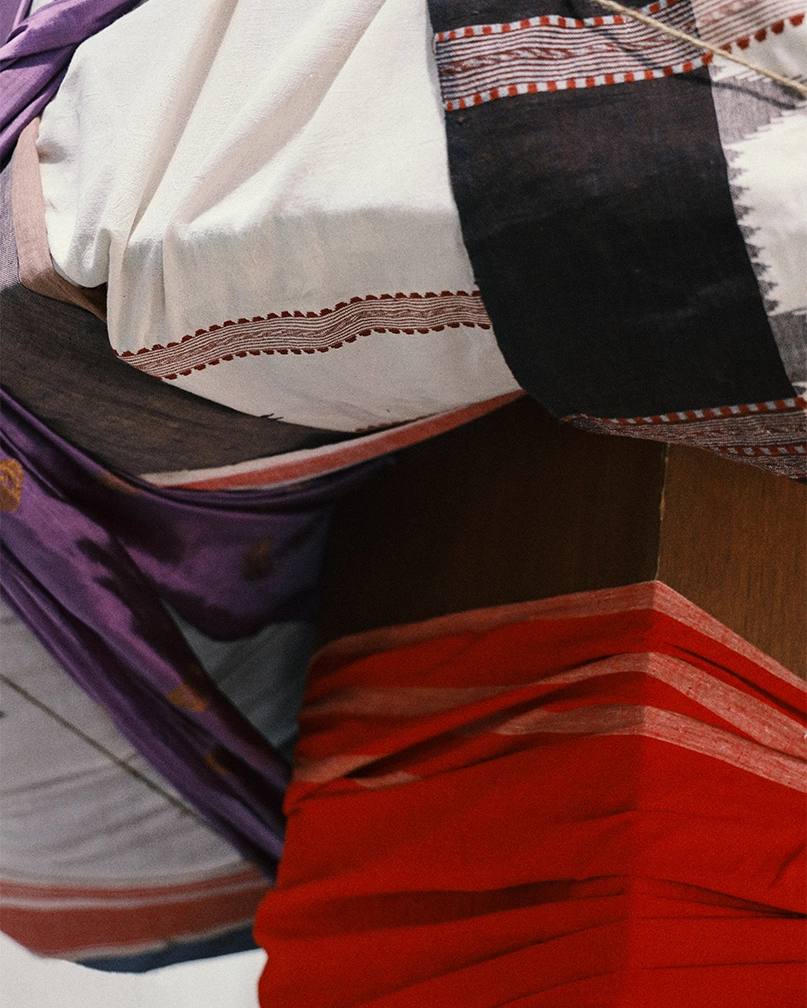
“The concept of unstitched garments is as ancient as civilisation itself. From Egypt and Mesopotamia to Guatemala, China and India, it has evolved and is still evolving, and the state of Odisha is part of this amazing cloth-making culture. Tarini is focused on protecting Odisha’s rich handloom heritage and driving its generational legacy. The aim is to exemplify the richness and diversity of Odisha’s culture along with the artistry of the weavers creating these unstitched garments in length and breadth.”
“Historically, unstitched garments were pieces of cloth woven by hand from materials grown locally. In many cultures, they indicated the social status of various members of society. As stitching was not known, the fabric was simply draped around different parts of the body. Tarini is inspired by our handloom heritage and custom of draping.”
- Anuj Sharma, Button Masala
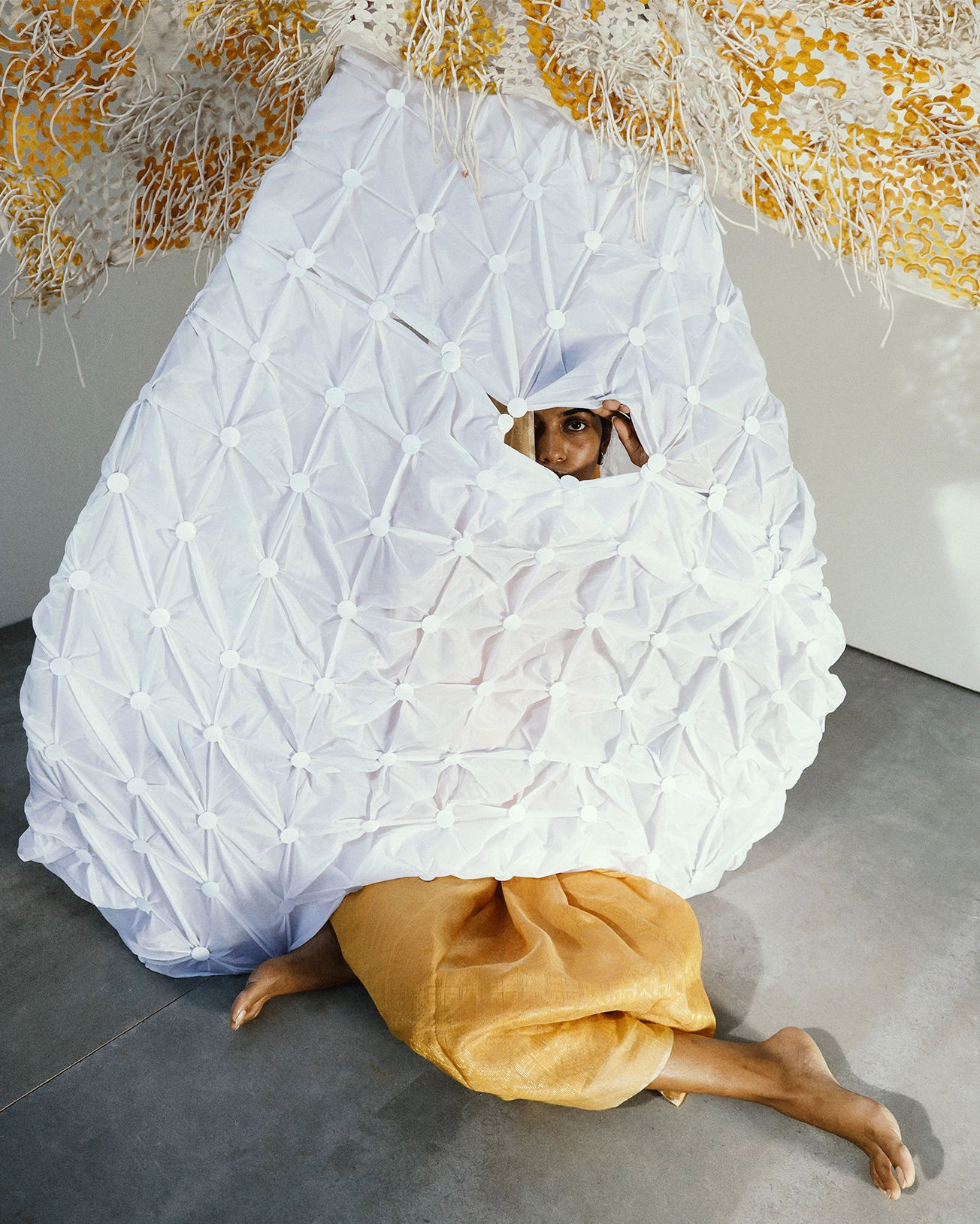
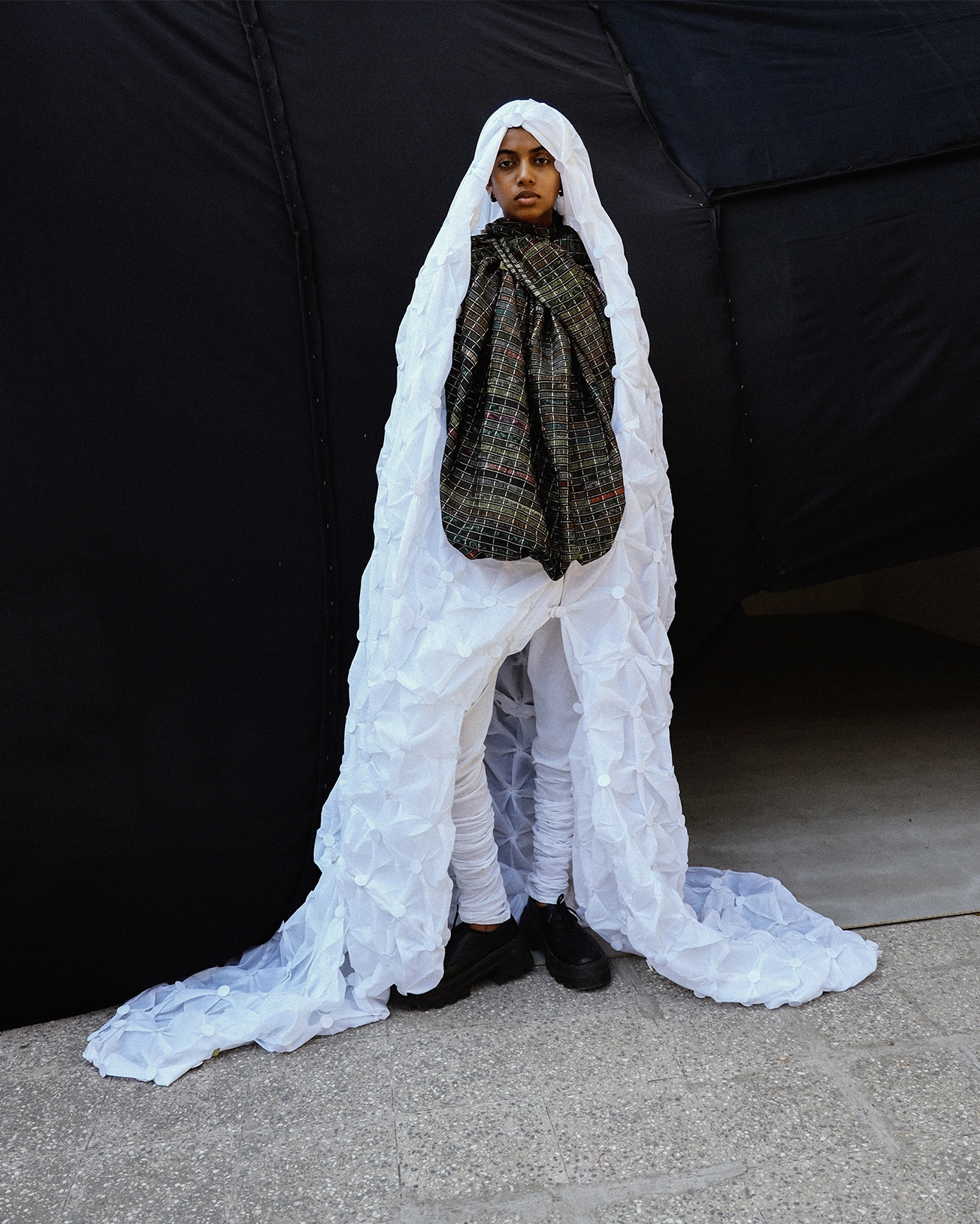
“The role of the sari is well known but it’s on a huge decline. The ability to drape a fabric is an important skill that we are in the process of losing. All my clothes are uncut, unstitched and draped. They are made using buttons and rubber bands. It’s a simple and extremely sustainable method. The clothes can be worn in many ways because they can be opened up and put back together again.”
- Ashita Singhal, Paiwand Studio
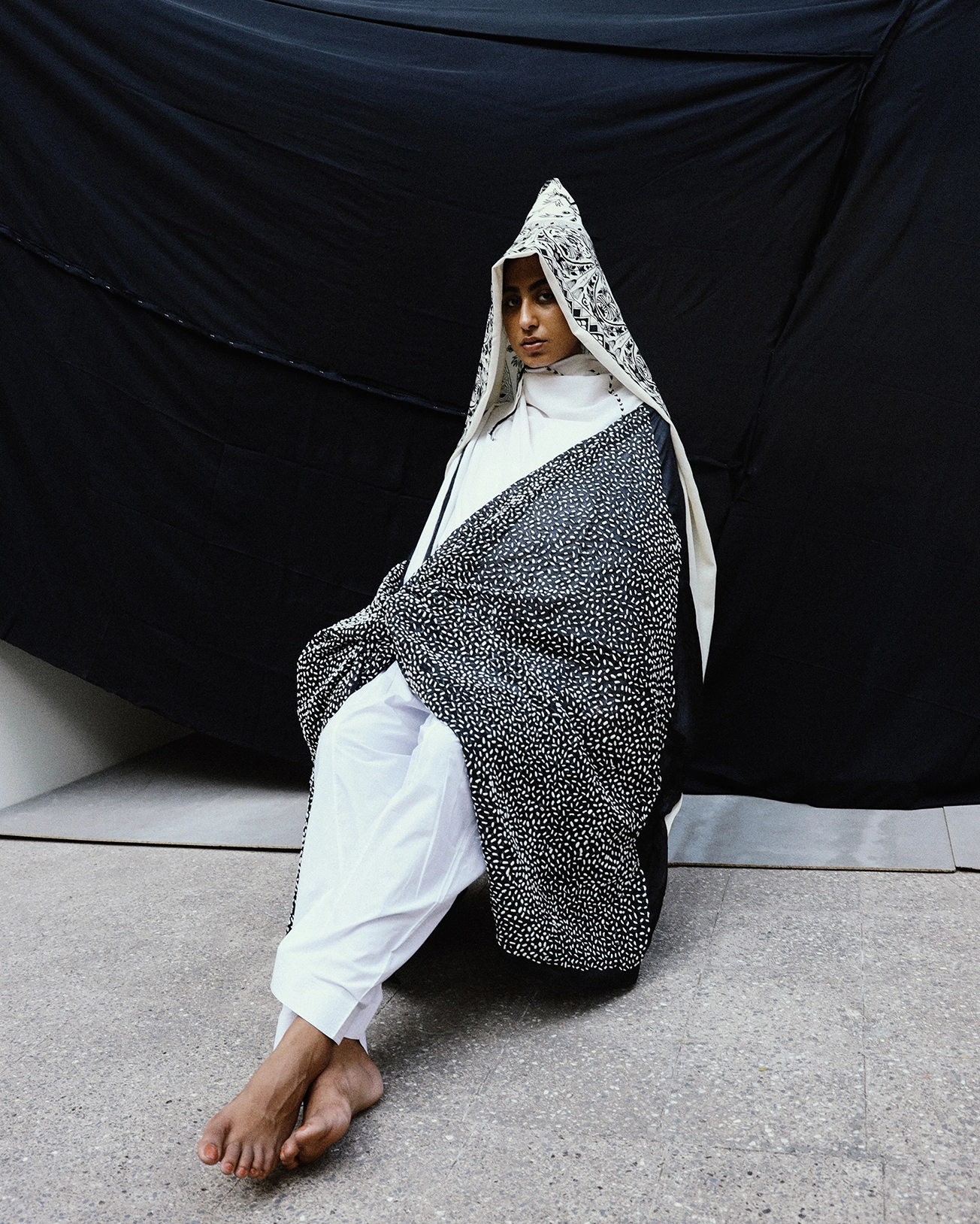
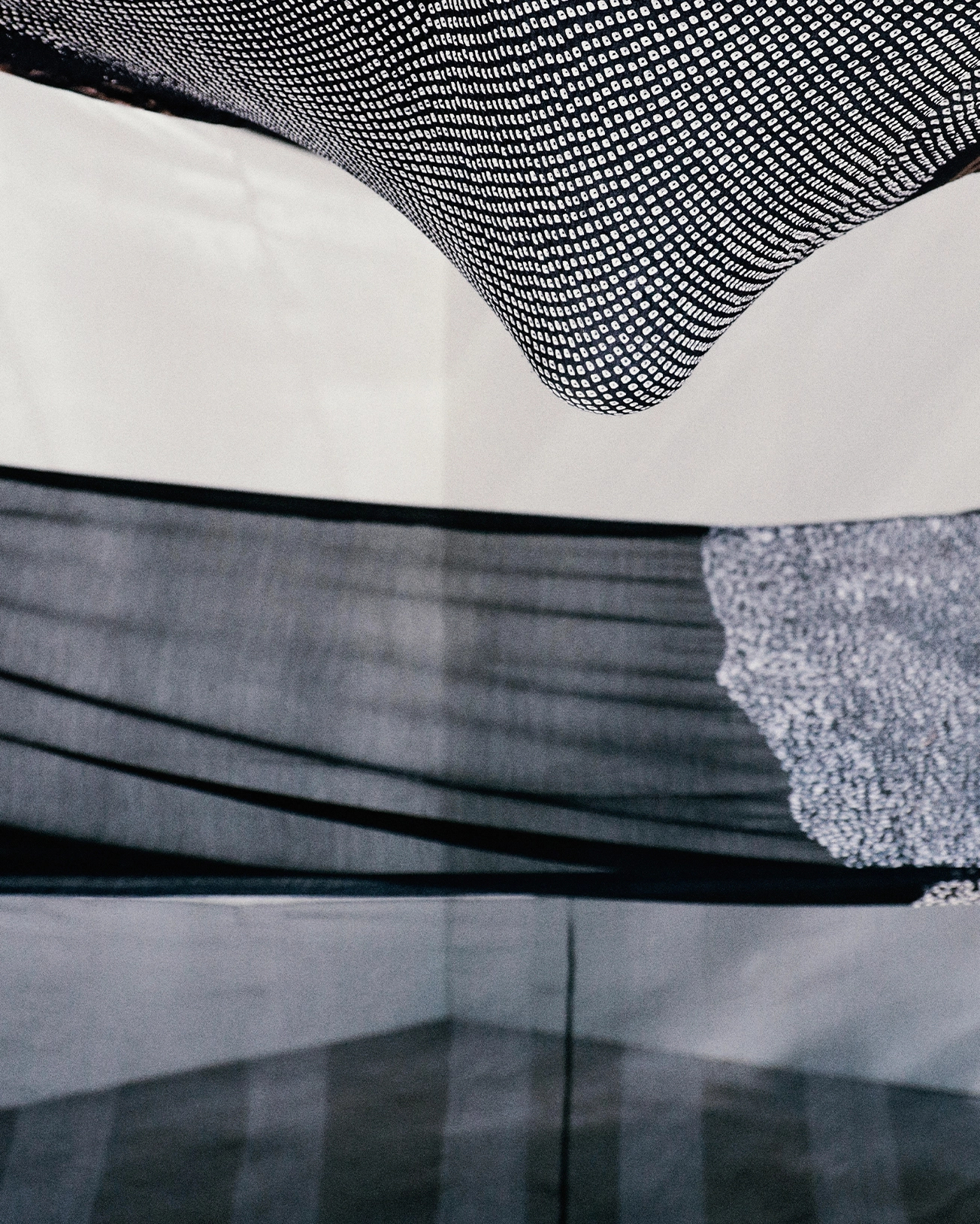
“Unstitched cloth offers a collaboration between a piece of fabric and the wearer. The versatile and nonconformist nature of fabric gives freedom to wearers to express themselves. It also offers inclusivity and breaks the rules that Western stitched clothing has set and blinded us with. While Indian fashion is often represented by embroideries and weaving patterns, we often forget to embrace the zero-waste garments (like the sari and dhoti) that have come from our roots, way before anyone was concerned about production wastage.”
“Textiles have always been an inseparable part of our lives. We are surrounded by fabrics. From a baby’s swaddle to rugs, quilts and more…fabrics play an important role in providing comfort and protection from harsh climates. At Paiwand, we upcycle textile waste and turn it into fabric for apparels and home furnishings in order to provide an alternative to the virgin textiles that are used in these industries. Our sustainable, upcycled textiles reduce waste while reviving traditional Indian craft.”
- Riddhi Jain Satija, Studio Medium
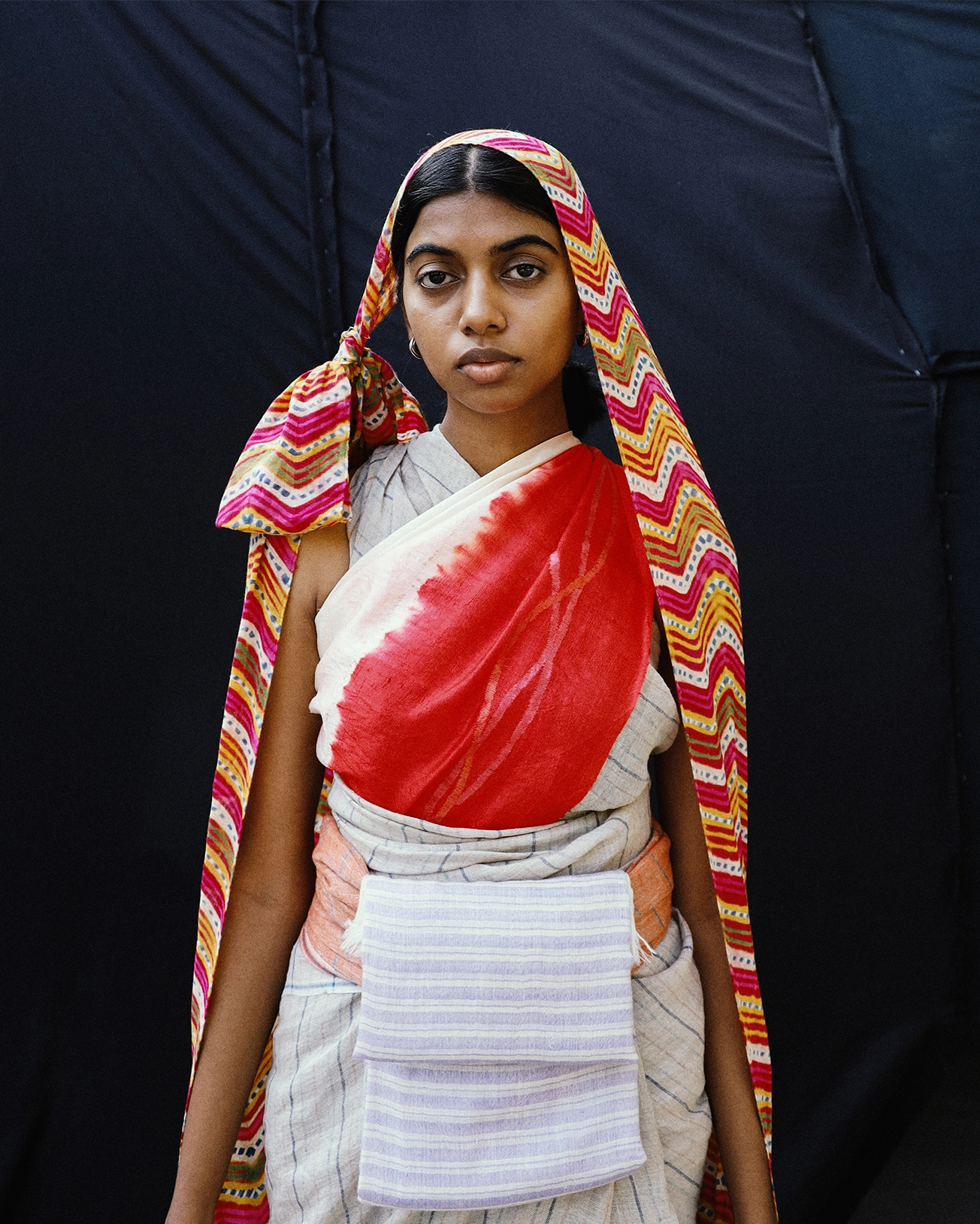
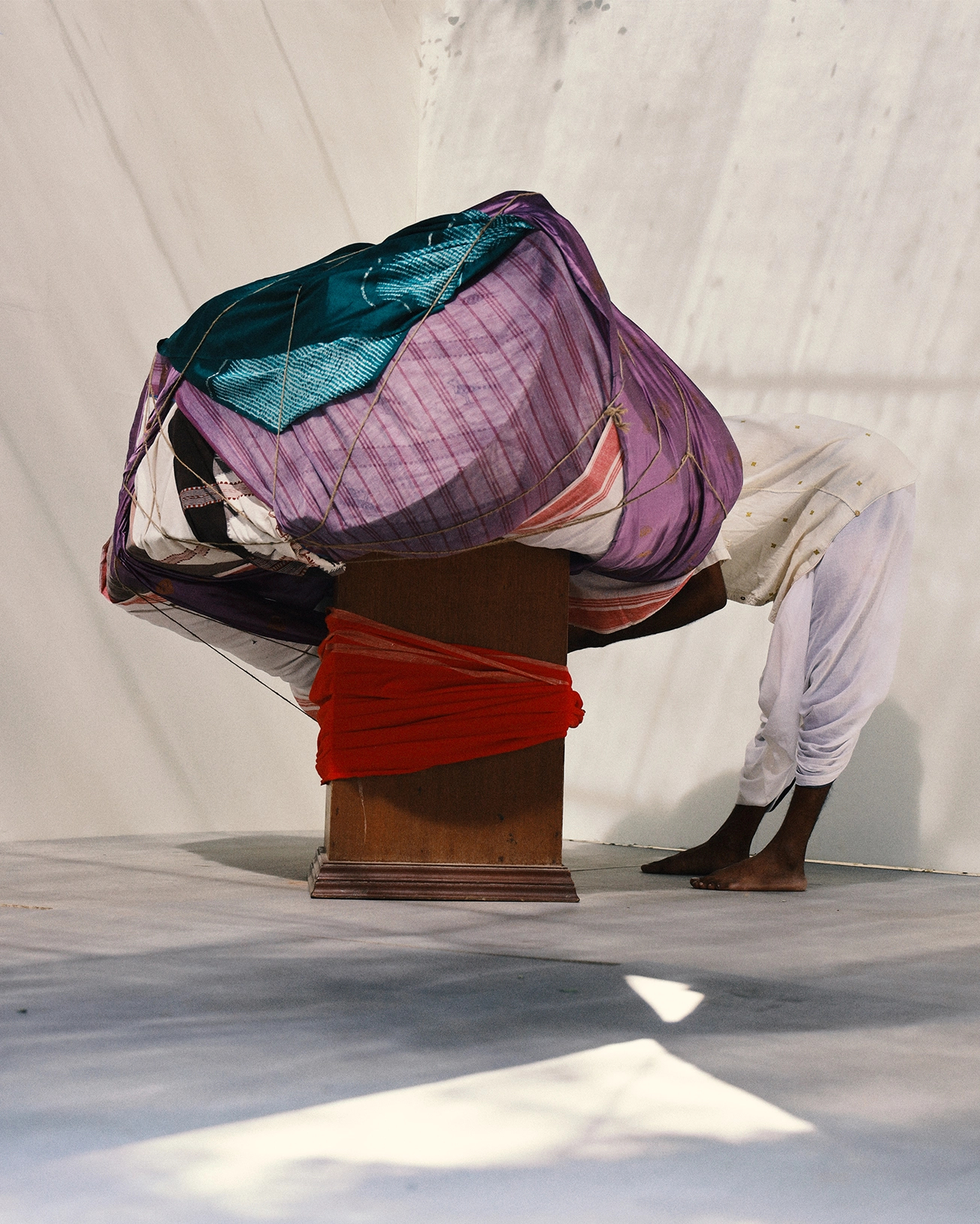
“A silhouette comes with a story of its own, it’s already had a journey. A piece of unstitched textile will always be a starting point, the beginning, the point from where a journey will commence.”
- Purvi Doshi, Purvi Doshi
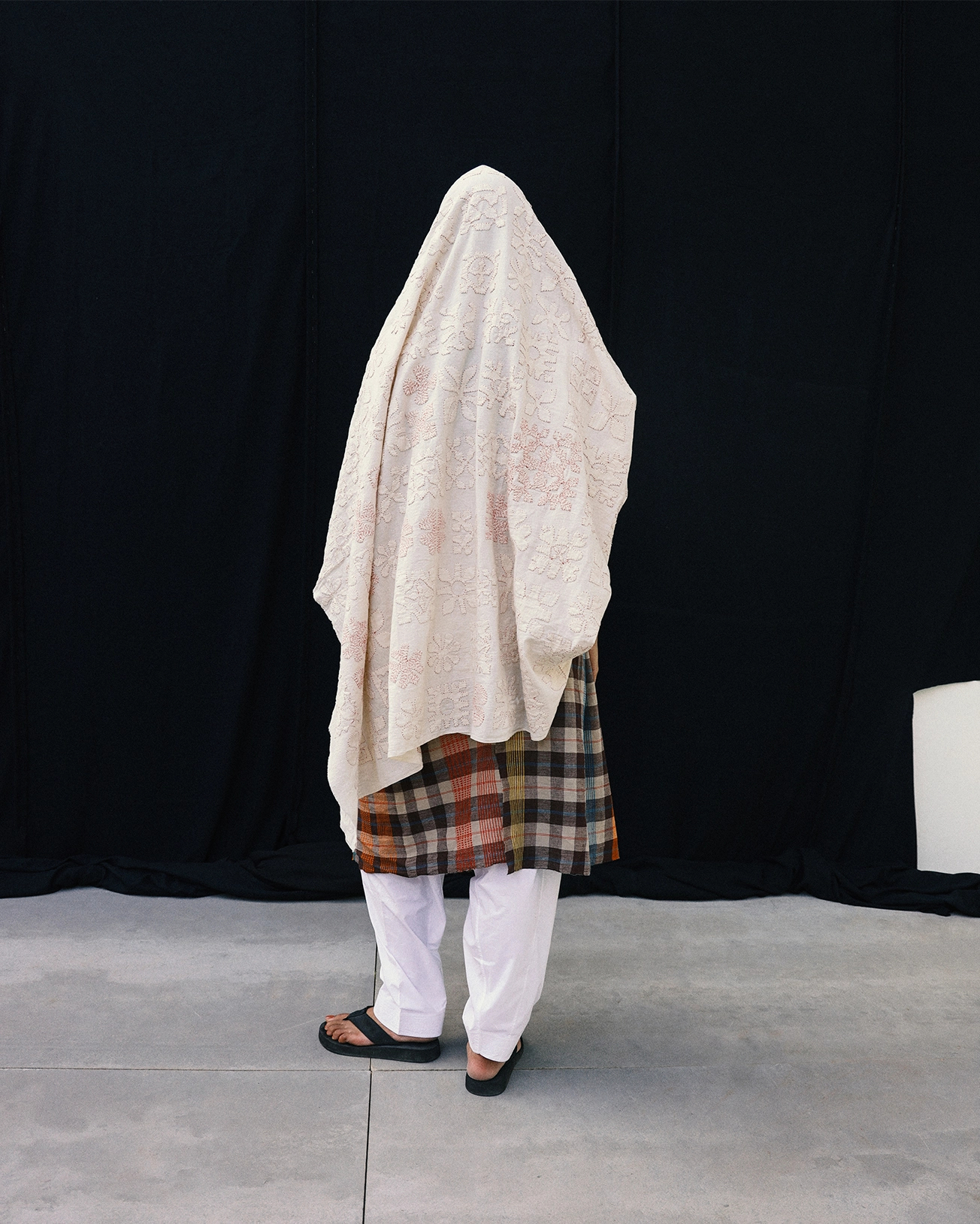
“Unstitched textiles constituted the only garments in ancient times. In India, these were used creatively by different communities: from Assam’s mekhela chador to Gujarat’s chaniya (wraparound skirt). Today, unstitched garments are limited to occasion wear. They are no longer the humble ensembles that were once worn every day.”
- Somya Tambi, Meekhalio and Capra (Shefcoz)
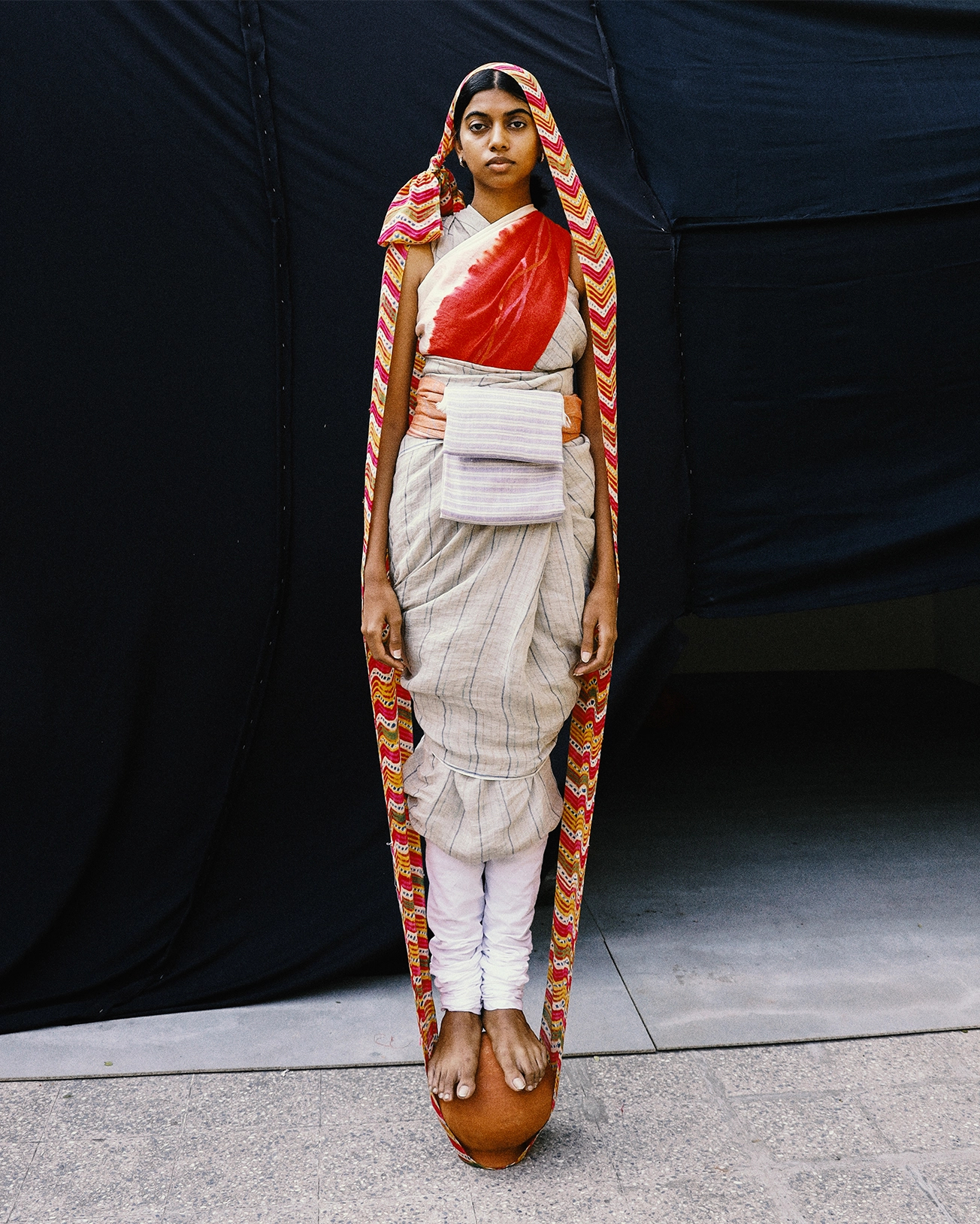
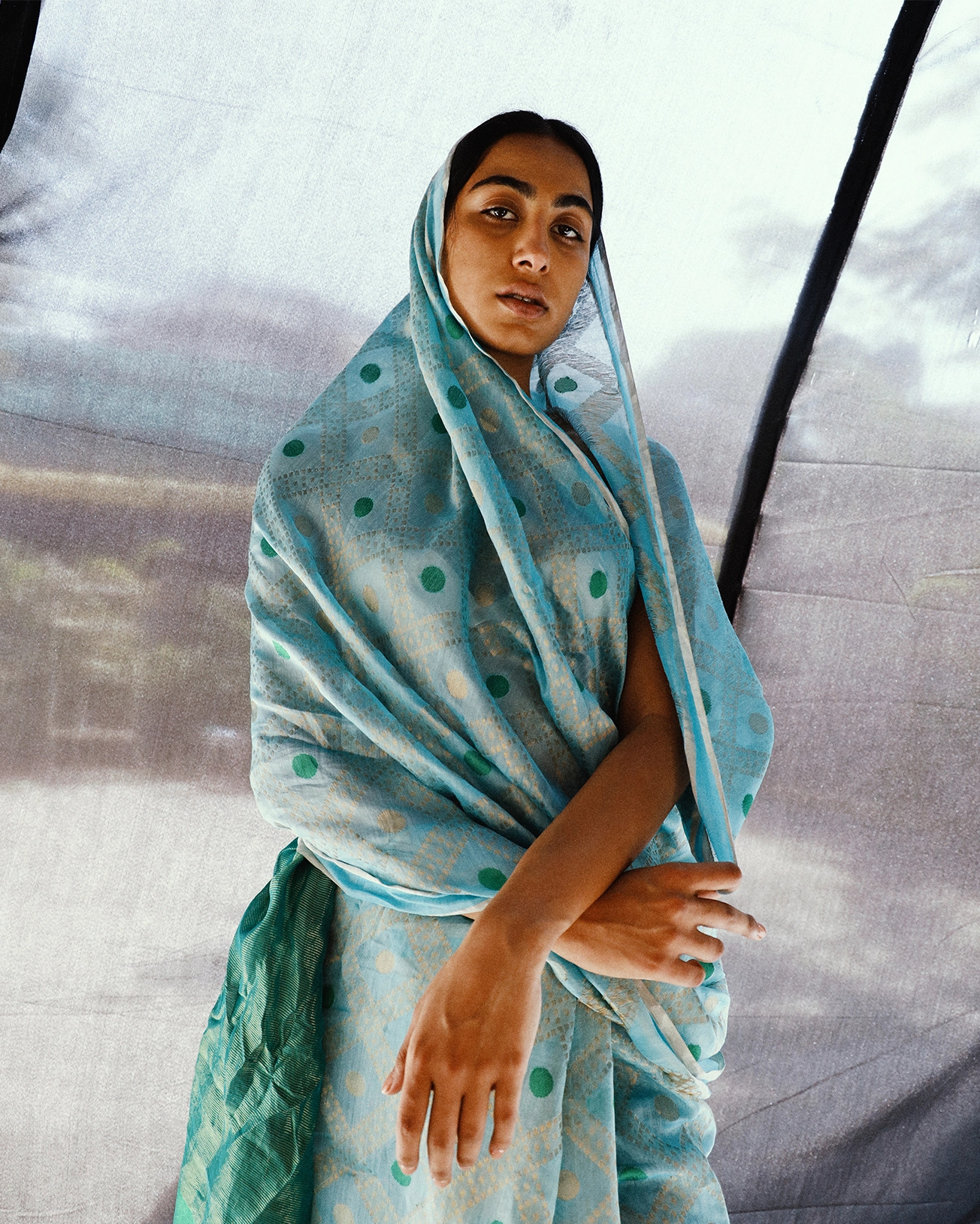
“In earlier times, the unstitched was considered ‘holy’. It was never treated as a ‘product’. It was never attached to livelihood. There were familial and community values attached to it. There was mythology attached to it. It was community-driven work. It helped in binding people and also maintaining harmony. For instance, people from some parts of the country would make particular motifs, while those from other parts would sing songs during the making process. During the British rule, it became a movement for self-reliance and dignity. Such was the power of the unstitched.”
“At Meekhalio, our way of designing is very attuned to the ‘Indian way’ of design, which has been extremely different from the West. We design unstitched garments, like say a sari, keeping in mind the functionality, feel, drape, dimensions and aesthetics. At Capra, we are making garments out of the tant sari. We let the weavers use their own design sensibilities and we don’t interfere in their creativity. This way, we are making them a vital part of the supply chain and giving them authority to design their native textiles while preserving the cultural textile of the cluster.”
- Somya Tambi, Meekhalio and Capra (Shefcoz)